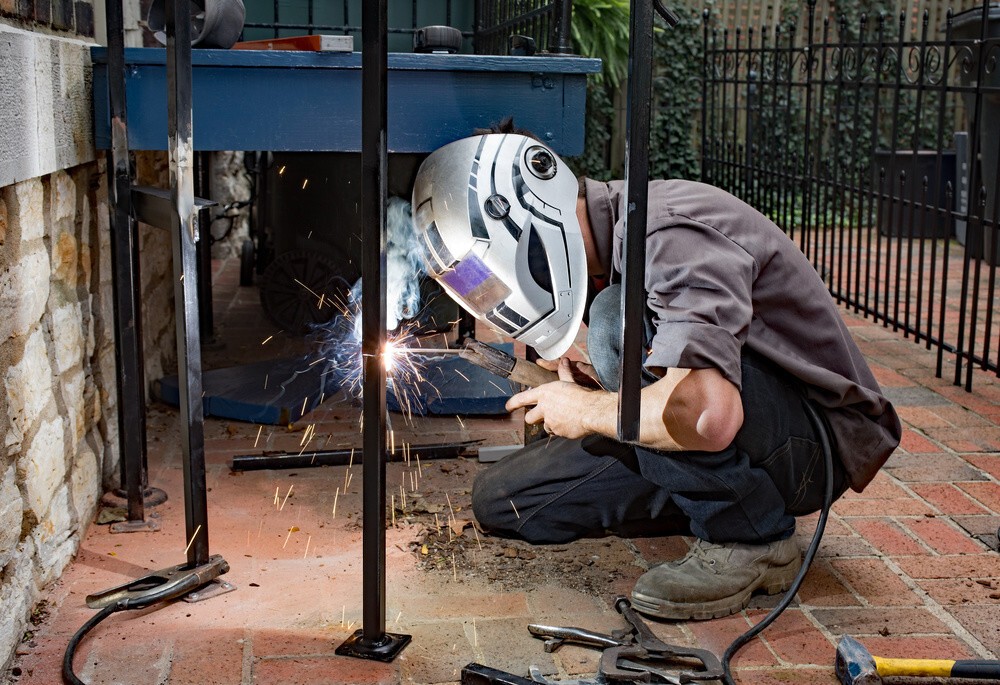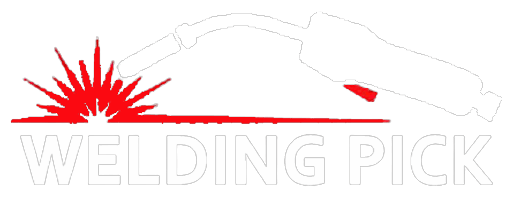Iron is one of the most important and most common metals found on earth. This element’s properties and features make it the most used element and is often combined with other elements to form a different material.
There are uncountable uses of iron, especially where strength is required. Iron in its pure form is very soft, but it can become the strongest when combined with other elements.
Table of Contents
What is Wrought Iron?
When we combine the two elements together, we call it an alloy. In the case of iron, we have many different iron alloys that are used for a wide range of sectors and applications.
The most common iron alloy you may have heard about is steel; the steel is formed when the iron is combined with carbon.
Similarly, wrought iron is a form of an iron alloy and contains very less amount of carbon in it. Wrought iron is also referred to as mild steel or low-carbon steel.

Understanding Wrought Iron Damage
Wrought iron, though sturdy, can face issues such as rust, bends, or breaks over time. Proper diagnosis is crucial before attempting any repair. Expert inspection ensures a targeted approach to restoration without compromising the iron’s integrity.
Assessing the Damage: A Crucial First Step
Before diving into repairs, assess the extent of the damage. Identify rust spots, weakened joints, or bent sections. Each specific issue requires a unique solution, making accurate assessment paramount.
Essential Tools and Materials
Gather essential tools and materials such as rust removers, sandpaper, epoxy adhesives, clamps, and protective gear. These items are fundamental for a successful repair job and ensure safety during the process.
The Repair Process: Step-by-Step
1. Rust Removal and Surface Preparation
Begin by removing rust using a rust converter or sandpaper. Clean the surface thoroughly, ensuring there are no contaminants that could hinder the repair.
2. Epoxy Adhesive Application
Apply epoxy adhesive generously on the affected area. Epoxy provides a strong bond, effectively replacing the need for welding. Ensure even distribution for a seamless repair.
3. Clamping and Curing
Secure the repaired sections with clamps, allowing the epoxy to cure completely. Follow the manufacturer’s guidelines for the recommended curing time. Patience in this step ensures a long-lasting repair.
4. Sanding and Finishing
Once the epoxy is fully cured, carefully sand the repaired area to achieve a smooth finish. Pay attention to details, as a well-finished repair enhances the overall aesthetics of the wrought iron.
Tips and Tricks from Experts
Repairing wrought iron without welding requires finesse. Experts recommend applying a rust inhibitor after repairs to prevent future corrosion. Additionally, regular maintenance, such as applying a protective coat, can significantly extend the life of your wrought iron fixtures.
FAQs About Repairing Wrought Iron Without Welding
Q: Can I use regular glue instead of epoxy adhesive for repairs? A: No, regular glue lacks the strength and durability needed for wrought iron repairs. Epoxy adhesive ensures a robust bond, making it the preferred choice among experts.
Q: Is it possible to repair severely bent wrought iron without welding? A: Yes, with the right techniques and tools, even severely bent wrought iron can be repaired. Epoxy fillers and clamps are instrumental in restoring the original shape.
Q: How long does the repaired wrought iron last without further damage? A: A well-executed repair can last for several years, especially with proper maintenance. Regular inspections and protective coatings enhance the longevity of the repair.
Q: Can I paint over the repaired area? A: Yes, after the repair is complete and the surface is smooth, you can paint over the repaired area to match the rest of the wrought iron fixture.
Conclusion
Repairing wrought iron without welding is a skillful task that demands the right knowledge and techniques. By following expert guidelines, accurately assessing damage, and using quality materials, you can restore the beauty and functionality of your wrought iron fixtures. Remember, regular maintenance is key to preserving the repair in the long run.
